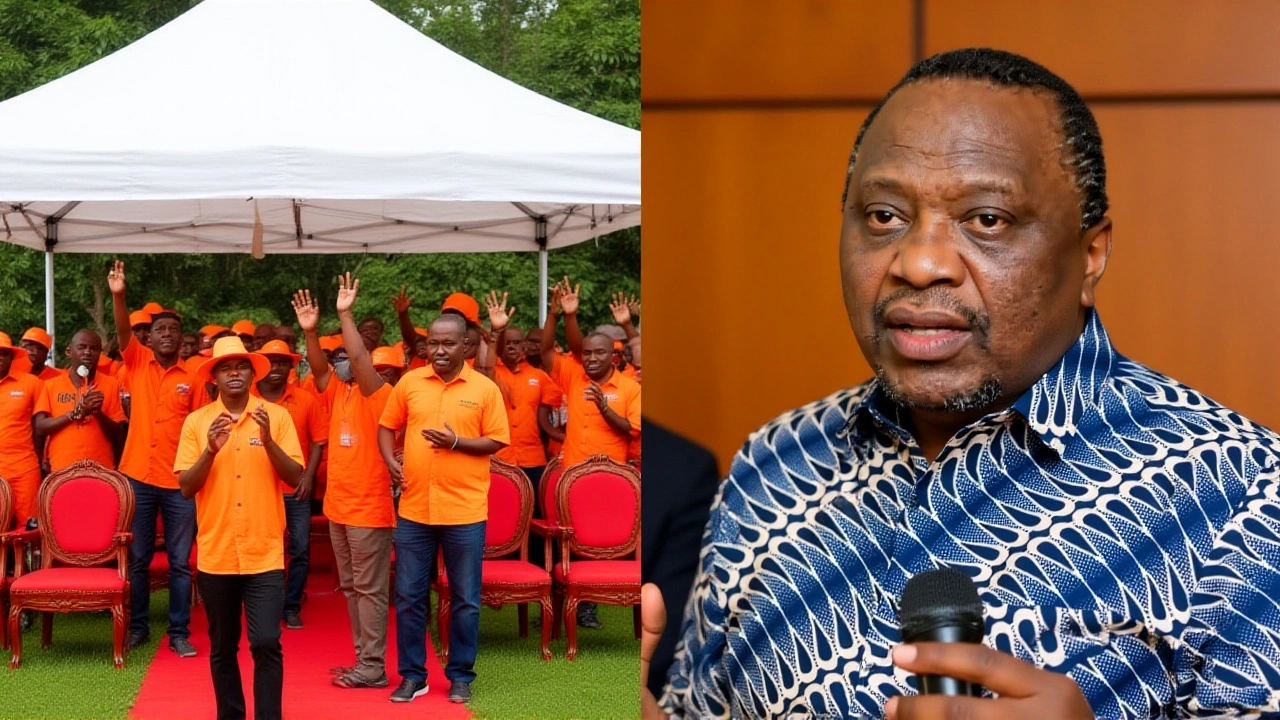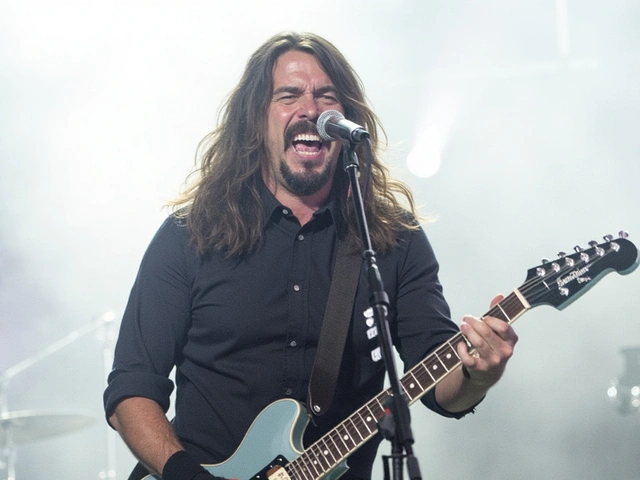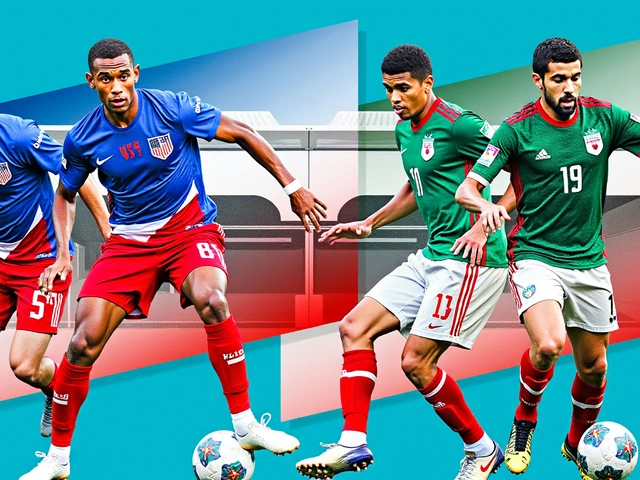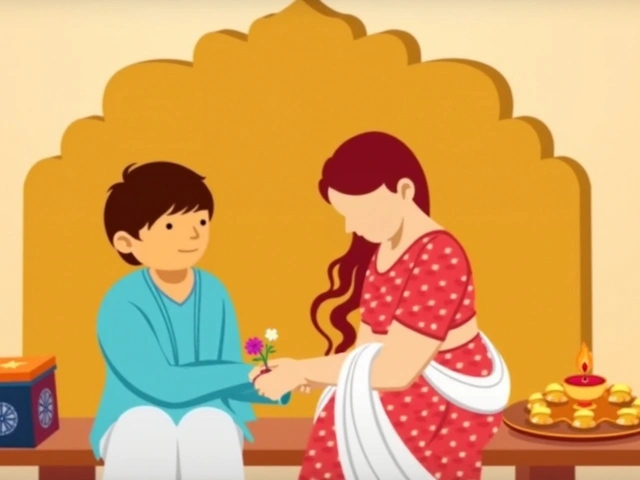When Uhuru Kenyatta sent a handwritten message to the Orange Democratic Movement’s 20th-anniversary gathering in Mombasa, it wasn’t just a note—it was a political lifeline. The former president, now 64, didn’t show up. But his words, read aloud by Edwin Sifuna on November 16, 2025, carried the weight of a nation in mourning. Raila Odinga, the man who shaped Kenya’s modern democracy, was gone. And Uhuru, once his fiercest rival, was now the one asking his party to keep the flame alive.
The Silence That Spoke Louder
Uhuru Kenyatta didn’t attend the Founder’s DinnerMombasa, even though he was invited. Neither did President William Ruto. Both were present on the guest list. Both stayed away. That silence? It echoed. For media outlets like Tuko.co.ke and The Star, the absence wasn’t just logistical—it was symbolic. Uhuru and Ruto, once united under the 2018 handshake, now seemed to be navigating the same political space without Raila as their common reference point. The party that Raila built, the movement that forced constitutional change in 2010, was now leaderless. And the two men who once stood on opposite sides of his legacy were both choosing to watch from the sidelines.Raila’s Legacy, in His Own Words
"He was the driving force behind Kenya’s long struggle for justice and political reform," Uhuru wrote. "His courage, resilience, and selflessness shaped not just the justice movement, but the very cause of Kenya’s political evolution." Those weren’t empty platitudes. They were the truth, spoken by a man who once called Raila a "threat to national stability." In 2007, Uhuru backed the incumbent government against Raila’s disputed election win. In 2013, he ran against him. In 2017, he won by a margin Raila challenged in court. But in March 2018, something shifted. The handshake. A deal struck not just between two men, but between two visions. Suddenly, the man who’d spent decades in opposition became a partner in governance. And now, with Raila gone, that partnership—however fragile—was being tested.At the event, Raila’s children, Raila Amolo Odinga Jr. and Winnie Gitau Odinga, stood quietly as the crowd sang hymns and recited poems in his honor. Winnie, a Member of Parliament in the East African Legislative Assembly, held back tears as she spoke of her father’s late-night calls, his insistence on listening to the poor, his refusal to compromise on dignity. "He didn’t want power for himself," she said. "He wanted it so others could breathe."
Why This Matters Beyond ODM
The Orange Democratic Movement isn’t just a party. It’s the reason Kenya has a constitution that limits presidential power. It’s the reason the 2010 charter includes devolution, gender quotas, and independent electoral oversight. ODM didn’t just contest elections—it changed the rules of the game. And now, without Raila, it faces its most dangerous test: relevance. The party’s base—rural youth, urban poor, marginalized communities—still believes in its mission. But who speaks for them now? Who can unify the factions that have been quietly jockeying for control since Raila’s passing in October 2025?Uhuru’s message wasn’t just tribute. It was a warning. "The next phase of ODM must be a testament of renewal, growth, and steadfast commitment to building a Kenya that truly belongs to all her citizens," he wrote. That’s code. It means: don’t turn this into a family dynasty. Don’t let it fracture. Don’t let the machine become a cult of personality. And for God’s sake, don’t lose the soul of what Raila fought for.
What Comes Next? The 2027 Election Looms
Kenya’s next general election is August 2027. That’s less than two years away. ODM has to choose: run as a coalition again, or go solo? Will it align with Ruto’s United Democratic Alliance? Or try to rebuild the old opposition alliance with the Amani Coalition? The answer will define not just the party, but the country’s democratic trajectory. Uhuru’s message, while warm, didn’t offer a roadmap. He didn’t name a successor. He didn’t endorse a candidate. He simply asked them to remember. And that, in a country where political memory is often short, might be the hardest task of all.For now, the party’s leadership is holding its breath. Grassroots organizers in Kisumu, Mombasa, and Nairobi are already meeting in basements and market stalls, asking the same question: "Who do we follow?" Some say Raila’s widow, Ida Odinga, should step in. Others point to Senator Nassir Nuh of Kisumu. Still others whisper about Raila Junior, now 34, quietly building a network of young activists. No one knows for sure. But one thing is clear: the man who held the party together for four decades is gone. And the fight for democracy doesn’t pause for grief.
Historical Roots: From Protest to Power
ODM didn’t emerge from a boardroom. It was born in the streets. In 2005, Kenyans voted "No" on a constitution pushed by President Mwai Kibaki’s government. The "Orange" symbol—chosen because it represented the color of the protest banners—became a national rallying cry. Raila, then a Kibaki ally turned critic, led the charge. By 2007, ODM had become the largest opposition bloc in Kenya’s history. The disputed election that followed sparked nationwide violence, killing over 1,100 people. The resulting power-sharing deal created the Prime Minister role—something Raila held from 2008 to 2013. That deal, forged under international pressure, was the first time Kenya’s political elite agreed to share power after a contested vote. It was fragile. But it worked. Until it didn’t.Now, with Raila’s death, the same institutions he helped build—Independent Electoral and Boundaries Commission, Supreme Court, devolved governments—are under pressure. Will they hold? Or will the vacuum lead to backroom deals, ethnic mobilization, and renewed distrust?
Frequently Asked Questions
Why did Uhuru Kenyatta not attend the ODM event despite his message?
Uhuru’s absence was widely interpreted as a strategic move to avoid appearing to co-opt Raila’s legacy, especially with President Ruto also absent. Though he praised Raila’s contributions, attending might have been seen as political opportunism. His message, delivered by Edwin Sifuna, was carefully worded to honor Raila without endorsing any potential successor, allowing him to maintain distance while still signaling respect.
What role did Raila Odinga play in Kenya’s 2010 Constitution?
As the leader of the ODM, Raila was instrumental in mobilizing public support for the "No" vote in the 2005 constitutional referendum. His sustained pressure forced negotiations that led to the 2010 charter, which introduced devolution, limited presidential powers, established an independent judiciary, and mandated gender representation. These reforms are now considered Kenya’s most durable democratic achievements.
How has Raila’s death impacted ODM’s internal dynamics?
Without Raila, ODM is facing a leadership vacuum. Internal factions are already jockeying for control, with figures like Nassir Nuh, Raila Junior, and Senator Sifuna emerging as potential successors. But none have his unifying charisma or grassroots credibility. The party risks fragmentation unless it establishes a transparent transition process before the 2027 elections.
What’s the significance of Uhuru and Ruto both skipping the event?
Their absences signal a deepening political rift. Both men once relied on Raila’s legitimacy to stabilize their own positions—Uhuru after the handshake, Ruto after winning the 2022 election with ODM’s support. Now, neither wants to be seen as inheriting Raila’s mantle. Their silence suggests they’re preparing for a post-Raila political landscape where ODM may no longer be the kingmaker.
What does Uhuru mean by "a Kenya that truly belongs to all her citizens"?
It’s a direct reference to Raila’s lifelong demand for inclusive governance—especially for marginalized communities in the Rift Valley, Coast, and North Eastern regions. Uhuru’s phrasing acknowledges that Kenya’s development has been uneven, and that true democracy requires equitable access to resources, jobs, and political representation. It’s a subtle rebuke to the current administration’s perceived favoritism toward certain regions.
Is there a clear successor to Raila Odinga in ODM?
No clear successor has emerged. Raila’s children are respected but lack his political network. Senior MPs and senators are divided along regional lines. The party’s 2027 strategy will likely hinge on whether it forms a broad coalition or attempts to rebuild from the grassroots. Without Raila’s moral authority, ODM’s future depends on whether its members can unite around values—not personalities.






Sreeanta Chakraborty
November 18, 2025 AT 05:13They’re all playing 4D chess and pretending this is about democracy. The handshake was a power swap disguised as peace. Uhuru never cared about Raila-he cared about staying in control. Now that Raila’s gone, the whole house of cards is trembling. Don’t be fooled by the handwritten note. It’s a funeral wreath made of paper and PR.
Vijendra Tripathi
November 18, 2025 AT 14:37man i grew up watching raila on tv when i was a kid. he was the only one who actually talked to people like us-not just the rich folks in nairobi. now it feels like everyone’s waiting for someone else to step up. kinda sad tbh. hope someone with real grit takes over. 🤞
ankit singh
November 19, 2025 AT 06:54odm was never just a party it was a movement. raila built it from protest signs and late night rallies. now the machine is running on autopilot and no one’s steering. the constitution he fought for is still standing but the soul behind it? gone. whoever takes over better remember that.
Pratiksha Das
November 19, 2025 AT 23:52did u see how winnie cried?? i mean like full on tears and she didnt even say much?? that was the real deal. raila was her dad not just a politician. and now no one even knows who to follow?? its like losing a grandpa and everyone just staring at the will
ajay vishwakarma
November 20, 2025 AT 14:35the real test isn’t who replaces raila-it’s whether the institutions he helped build can survive without him. the iebc, the supreme court, devolution-those are the real victories. if those stay strong, odm can rebuild. if they crumble, then we’re back to tribal politics and backroom deals. keep the system, not the names.
devika daftardar
November 21, 2025 AT 23:28he wanted power so others could breathe… that line stuck with me. not for the speeches or the rallies but because it was true. he never wanted to be king. he just wanted everyone to have air. now who’s gonna make sure the air keeps flowing? i dont know but i hope its someone who remembers what breathing felt like
fatima almarri
November 22, 2025 AT 06:11the silence from uhuru and ruto speaks louder than any speech. they both needed raila’s legitimacy to stay in power. now they’re afraid to touch the legacy because it might burn them. and honestly? i get it. but that’s the tragedy. democracy shouldn’t depend on one man’s charisma. it needs structures. and right now? the structures are lonely.
deepika singh
November 23, 2025 AT 01:08yo the fact that raila’s kids are out here holding it down while the old guard ghosts the event?? that’s next level. winnie and raila jr? they ain’t politicians yet but they’re carrying the weight like it’s their birthright. if odm’s gonna live, it’s gonna be because of them-not the senators playing politics in nairobi hotels
amar nath
November 24, 2025 AT 10:13remember when orange was just a color on a flag? now it’s a whole generation’s heartbeat. raila turned protest into policy. and now? the kids in mombasa and kisumu are still painting orange on walls. they don’t need a new leader. they just need someone to listen. the movement didn’t die. it’s waiting for someone to pick up the mic
Pragya Jain
November 26, 2025 AT 05:01don’t let anyone tell you this is about democracy. this is about kikuyu vs luo vs kalenjin power games. uhuru’s message? a distraction. ruto’s silence? a threat. raila was the only one who could keep the ethnic fire from burning the whole country. now it’s just a matter of time before someone lights the match.
Shruthi S
November 28, 2025 AT 01:10😢 i just cried reading winnie’s words. raila was more than a leader-he was family to so many. please don’t let his legacy become a slogan.
Neha Jayaraj Jayaraj
November 29, 2025 AT 09:29OMG did u guys see the way ruto didn’t even show up?? like he was scared to be seen near raila’s shadow?? and uhuru? sending a handwritten note?? that’s not respect-that’s a political PR stunt with a fountain pen 😒 #ODM #RailaLegacy #DramaQueen
Disha Thakkar
November 29, 2025 AT 10:32how ironic that uhuru-once the architect of raila’s political isolation-is now the one pleading for his legacy to be preserved. this isn’t reverence. it’s a posthumous power play. the man who called him a threat now wants to be his spiritual heir? please. the real tragedy? we’re all just actors in a script written by dead men.